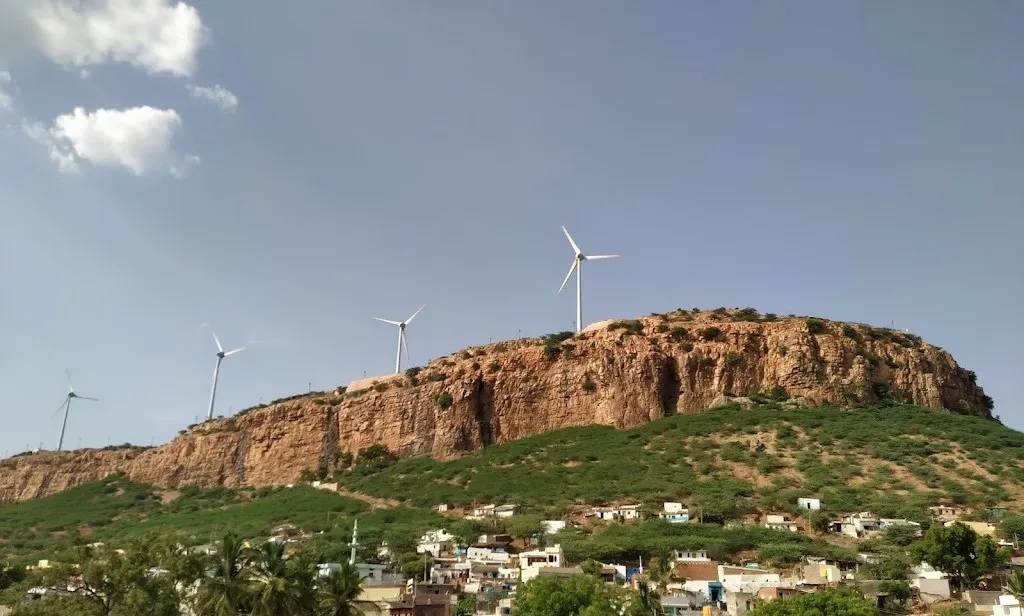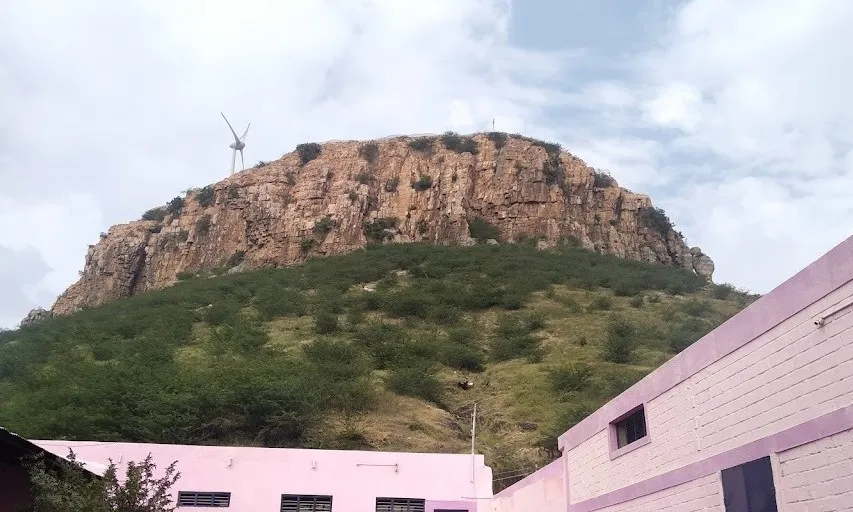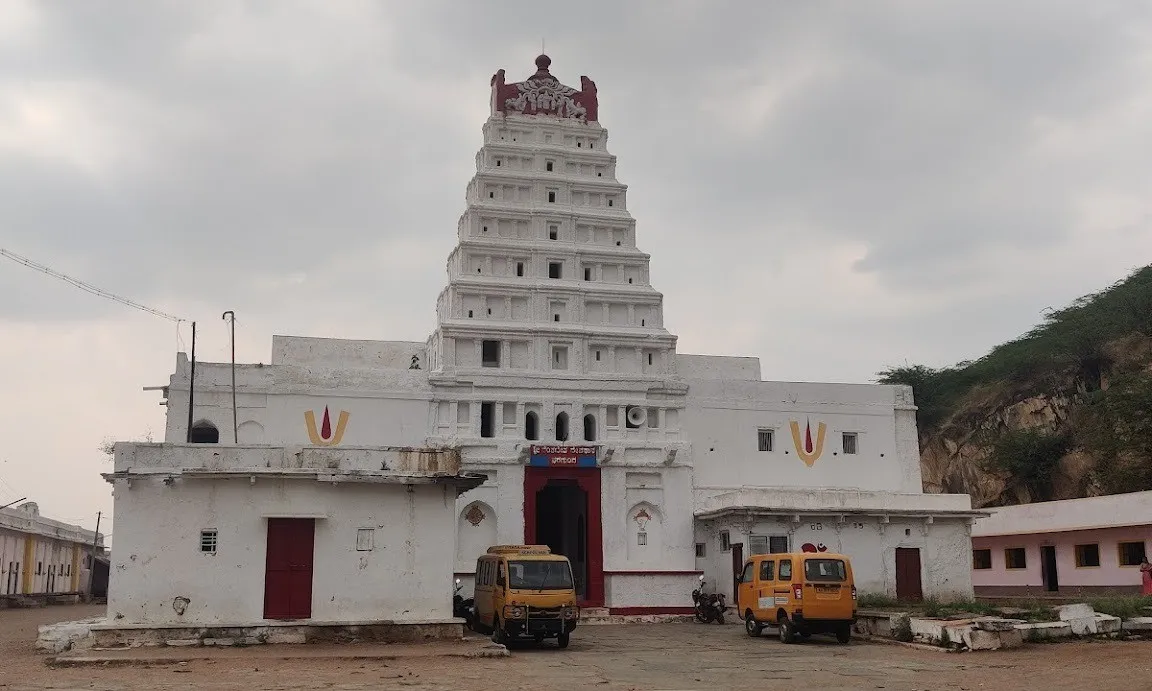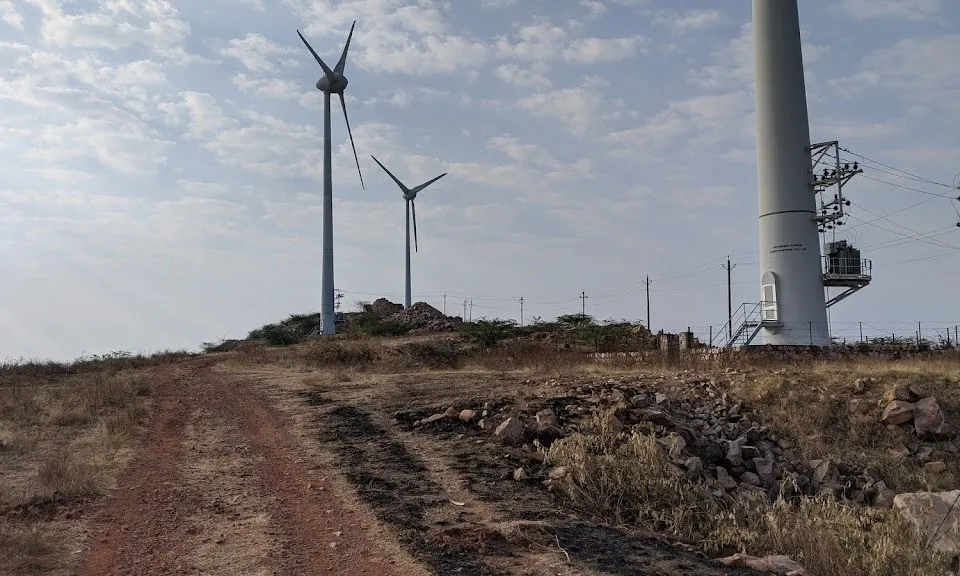Naragund is located in Gadag district of Karnataka state. Naragunda Hill looks like a sleeping lion. On top of the hill is the Siddeshwar temple and on the slope is the huge Venkateswara temple, this temple is in Dravidian style.
Naragunda is 475 km from Bangalore and 50.3 km from Gadag.
History of Nargund
Naragunda has inscriptions of Chalukya 3rd Somesvara, 02nd Jagadekamalla and 03rd Taila. At that time Naragunda was an Agrahara. It was then under the rule of 220 Mahajanas. The fort on Naragund Hill was built by the Maratha Chhatrapati Shivaji Maharaja in 1674. In 1785, the fort of Naragunda fell to Tipu. Then Maratha Peshwa gave Naragunda to Dadajirao Appa in 1818.
Naragunda was ruled by Venkatarao of the Bhave dynasty in the 18th century on behalf of the Maratha Peshwas of Pune. Hyder Ali of Mysore brought it under his control in 1778. In 1784, Tipu Sultan attacked Naragunda. The Marathas and the Bhave Parivar and their subordinates, the Pethe Parivar, prospered through brutal torture and rapine at the hands of Tipu and his associates. He was imprisoned in Mysore until his release in 1799. Then he returned to Naragunda.
During the first struggle against the British rule in the country on May 10, 1857, under the leadership of Babasaheb, the voice of struggle against the British rule rang out.
Babasaheb of Dadajirayan’s family had no children and when he wanted to adopt, the British did not allow him. Babasaheb protested this. Naragunda played a leading role in the Indian Rebellion of 1857. At that time, the people here bravely faced the British invasion. In 1858, the British defeated Babasaheb and demolished the fort.
Visit Also



